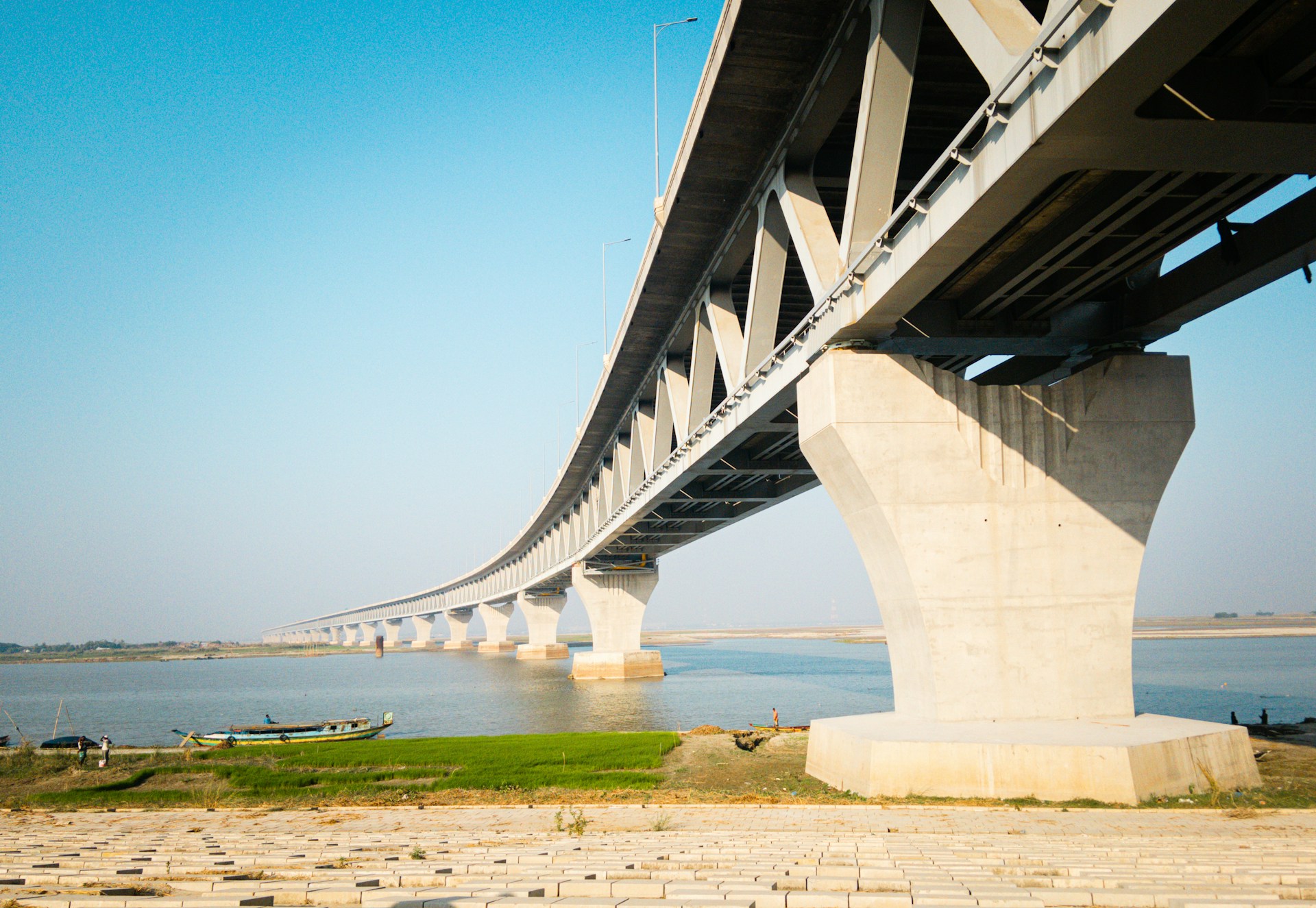Sustainable Infrastructure – the Need of the Hour
Infrastructure is the lifeblood of everyday life, providing the essential foundation for how we live, work and learn, as well as the tools we need to address climate change.
With the planet facing rising temperatures and sea levels, as well as intensifying weather events, the ways in which we think about and build our infrastructure must change. Construction and building materials are the biggest contributors to climate change, accounting for 37% of global carbon emissions. These emissions don’t just stem from how this infrastructure is used, but also the “embodied” emissions that are generated from the production of building materials.
As such, a revolutionary turn towards sustainable infrastructure is crucial.
Sustainable infrastructure is a broad category that encompasses natural, built and hybrid infrastructure systems that are planned, designed, constructed, operated, and decommissioned with the goal of achieving financial, economic, social, environmental, and institutional sustainability. That includes not just the homes and offices we exist in day to day, but also the roads, bridges, communication systems, and power grids that sustain modern life.
Realizing more sustainable infrastructure will demand a significant financial lift, globally. According to The New Climate Economy, the world will need to invest $90 trillion in sustainable infrastructure by 2030 if it’s to limit the impacts of climate change and boost growth of the green economy in emerging and developing countries. Further, it is estimated that an annual investment of $6.9 trillion in infrastructure is required up to 2050 to meet development goals while ensuring a low carbon and climate resilient future.
Yet, the global investment gap between requirements and spends up to 2030 is estimated at $15 trillion, with emerging and developing economies being impacted the most.
This illustrates the inability of public finance alone to plug the investment gap and the necessity of adequate support from global private capital and institutional investors such as pension and wealth funds.
Formulating policies and funding sustainable infrastructure
Expediting and amplifying efforts to close the infrastructure gap will require innovative approaches.
One such example is the Global Infrastructure Facility (GIF), a G20 initiative supported by governments from Australia, Canada, China, Denmark, Germany, Japan, Singapore, and the World Bank. The GIF partners with multilateral development banks to support governments in emerging and developing economies to plan, design, and construct quality sustainable infrastructure projects. It aims to attract $7.4 billion of private capital in an attempt to close the infrastructure funding gap and promote sustainable development.
In recent years, a few sustainable finance and infrastructure initiatives have been developed illustrating the need for financing to consider ESG factors closely. One such standard is the G20-approved Quality Infrastructure Investment (QII) principles, which consider methods to evaluate financing for sustainable investment purposes.
Multilateral development banks have agreed on several initiatives such as the Investment Principles and Eligibility Criteria (ASEAN Infrastructure Fund). Additionally, there are private sector projects such as the Equator Principles, Green Loan Principles, and Infrastructure Sustainability Council of Australia.
Considering that infrastructure is responsible for 79% of global greenhouse gas emissions, there is need for greater transparency for sustainability reporting in the sector. For example, the European Union has the Sustainable Finance Disclosure Regulation (SFDR) ensuring disclosure of sustainability information and enabling investors to make informed choices in financing sustainability objectives.
The EU Taxonomy is another sustainable finance framework that routes investments in favor of economic activities aligned with the European Green Deal. Within the taxonomy framework, infrastructure projects are evaluated against defined environmental criteria.
The SFDR and the EU taxonomy regulatory frameworks could play pivotal roles in providing clarity and boosting the growth of the sustainable infrastructure asset class.
Overcoming challenges through viable solutions
A major challenge to delivering sustainable infrastructure is the absence of performance standards for sustainable infrastructure. This adds to the complexity of the task and reporting requirements making sustainable infrastructure challenging to finance, particularly in emerging economies.
Moreover, the involvement of multiple entities in various roles across the project lifecycle and the large sums of money in such projects make them vulnerable to corruption and bribery. Shortfalls in the incentive framework are another reason which hinders sustainable infrastructure projects.
Another key challenge is the underinvestment in sustainable infrastructure projects hindering the ability to fulfil SDGs, but with the increased role for financial institutions in green projects and more favorable funding terms, this is set to change.
A key measure to mobilizing additional public resources is by strengthening the taxation systems in emerging and developing countries. Innovative financing instruments such as securitization, thematic bonds, blended finance, public-private partnerships structured project finance can make investment attractive for private investors in emerging and developing countries.
Grants by development banks can be utilized to attract non-concessional resources resulting in enhanced financial viability. Leveraging global and regional facilities for financing sustainable infrastructure projects may ensure timely completion of projects.
To mitigate and address the effects of climate change, investing in sustainable infrastructure is not only essential but a necessity, requiring widespread international and collective action. Sustainable infrastructure helps ensure that we are able to migrate towards a cleaner economy and enhance living standards for all in society.
Photo Caption: Realizing more sustainable infrastructure will demand a significant financial lift, globally.



